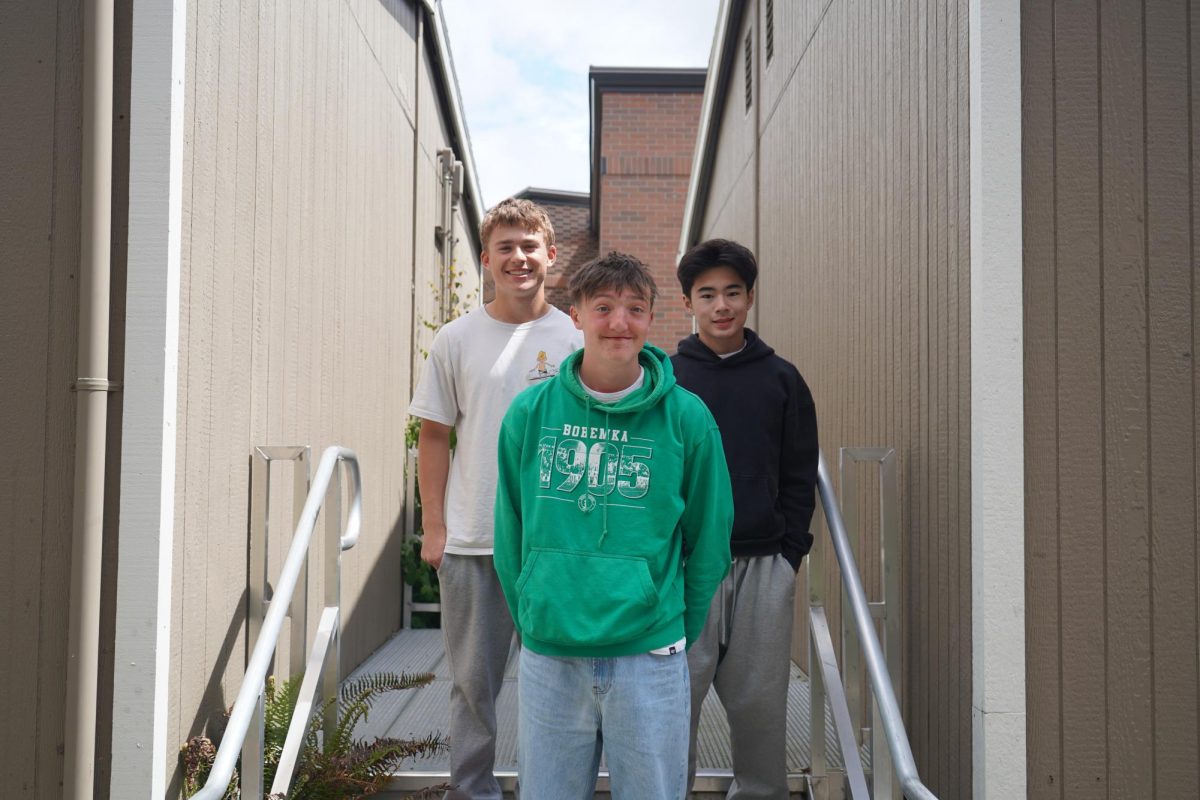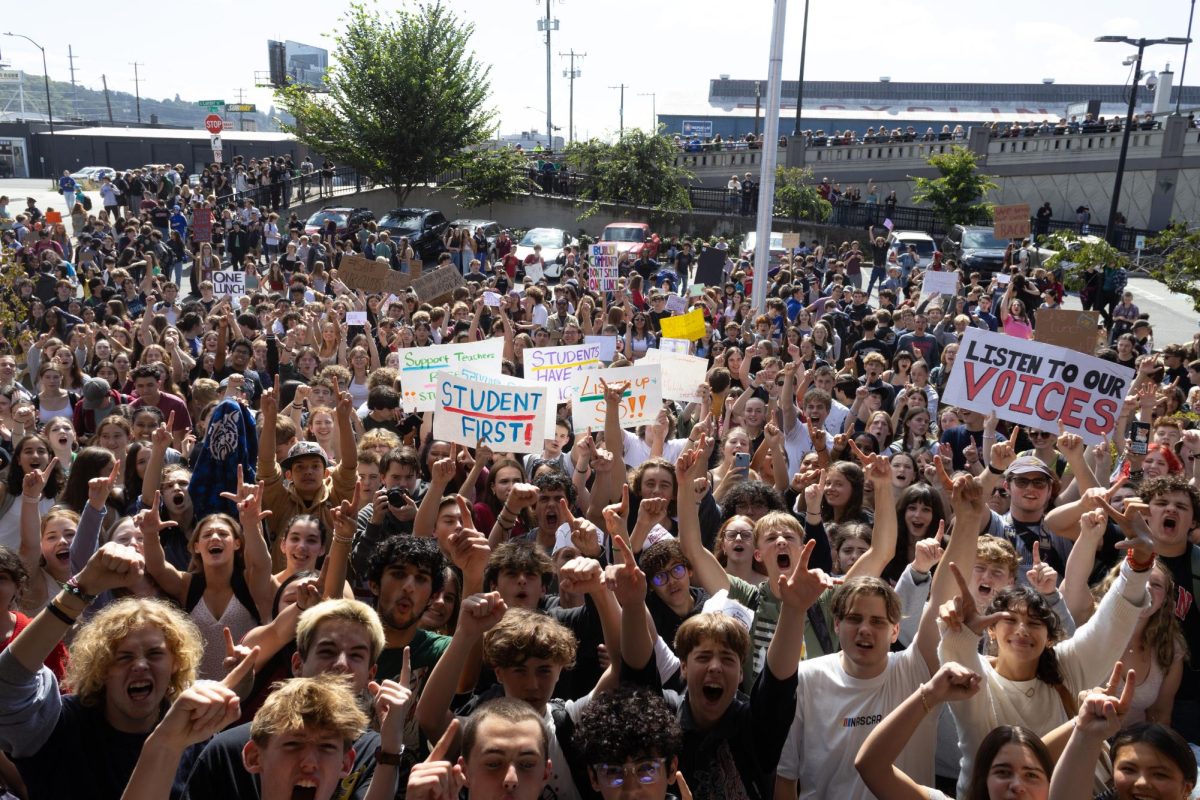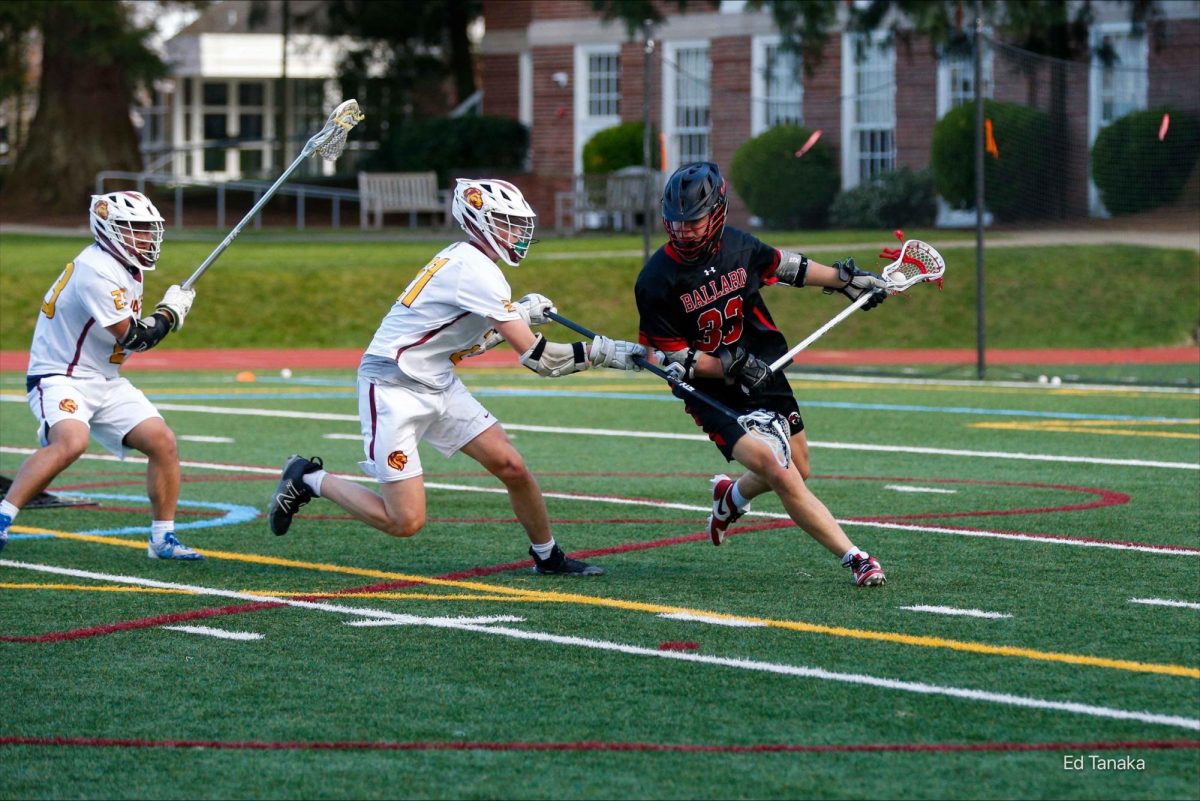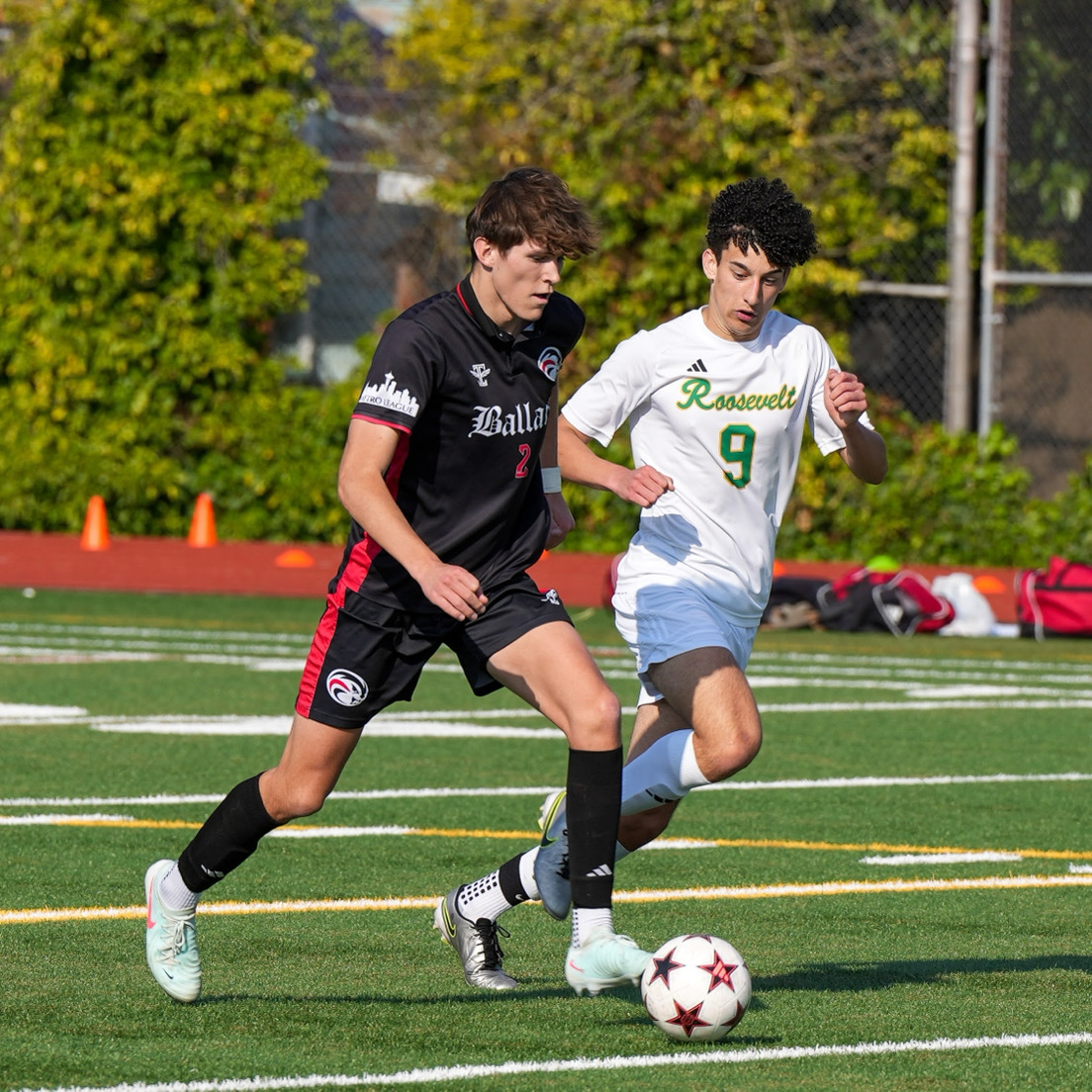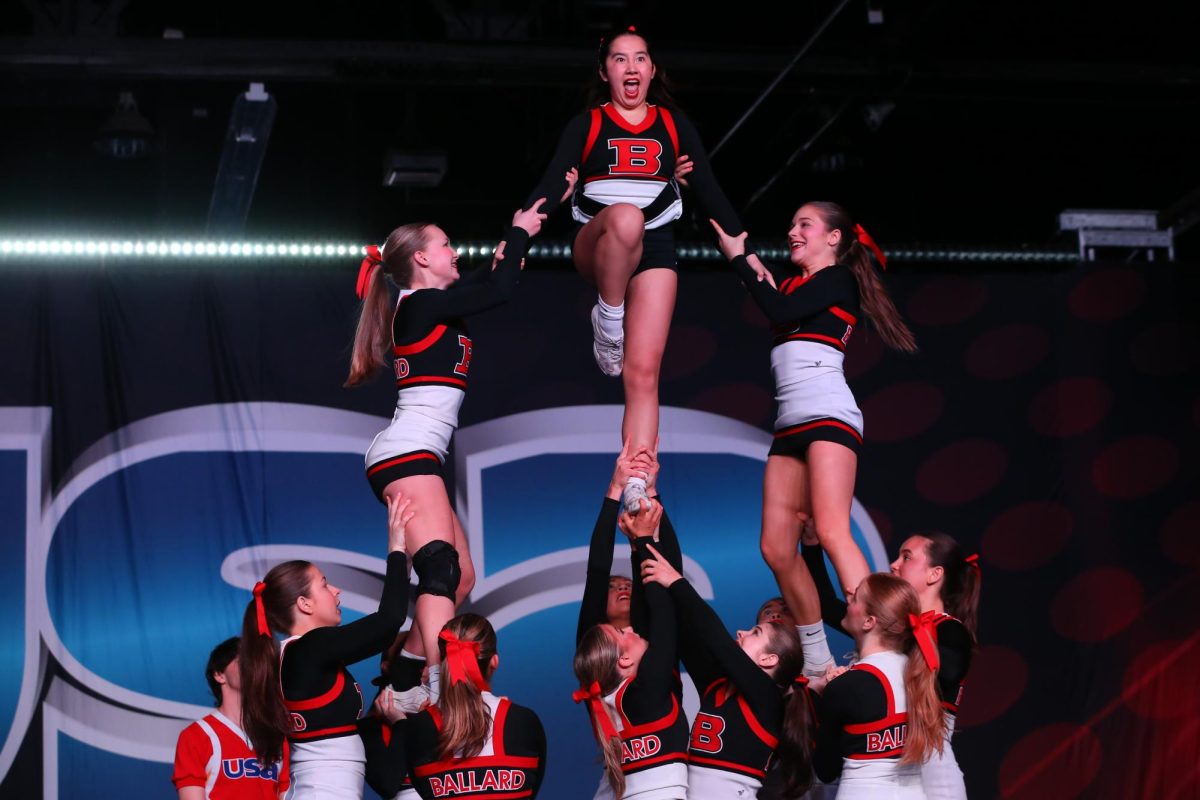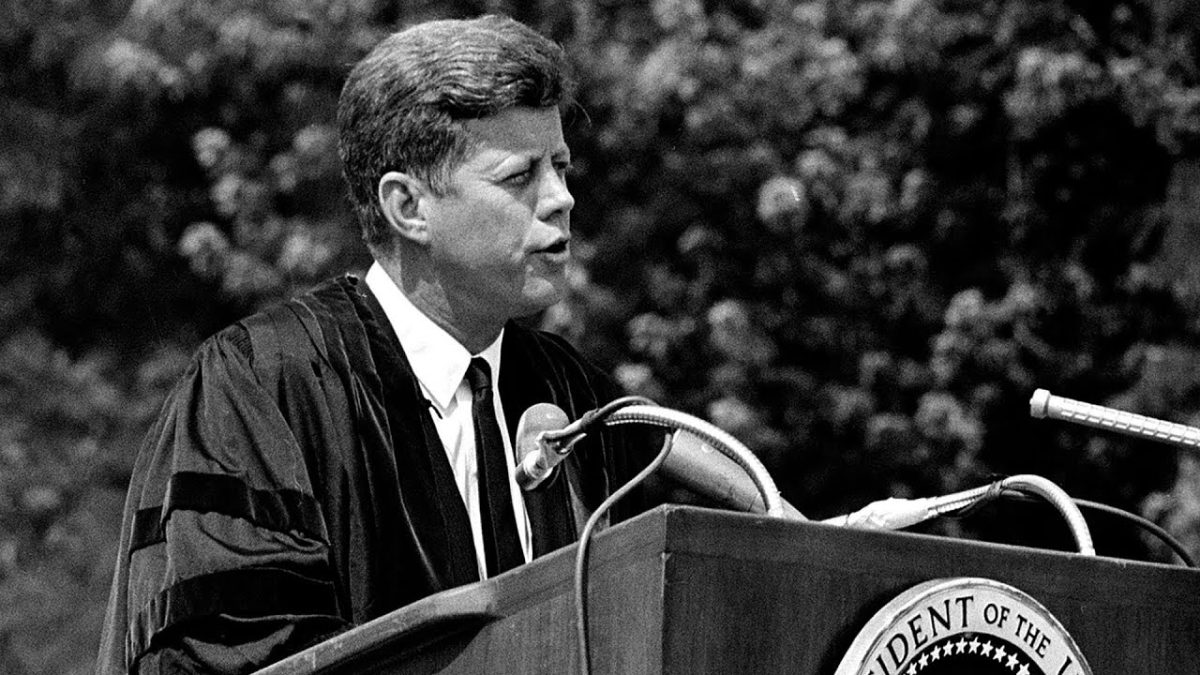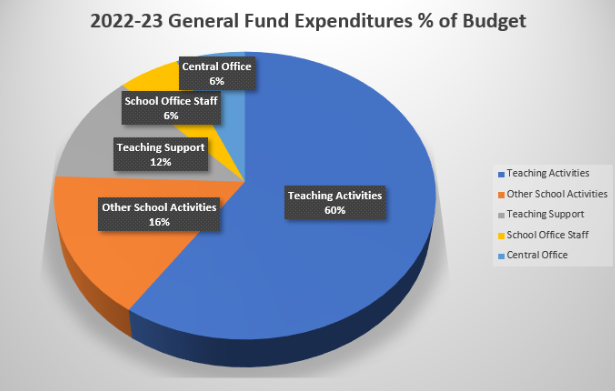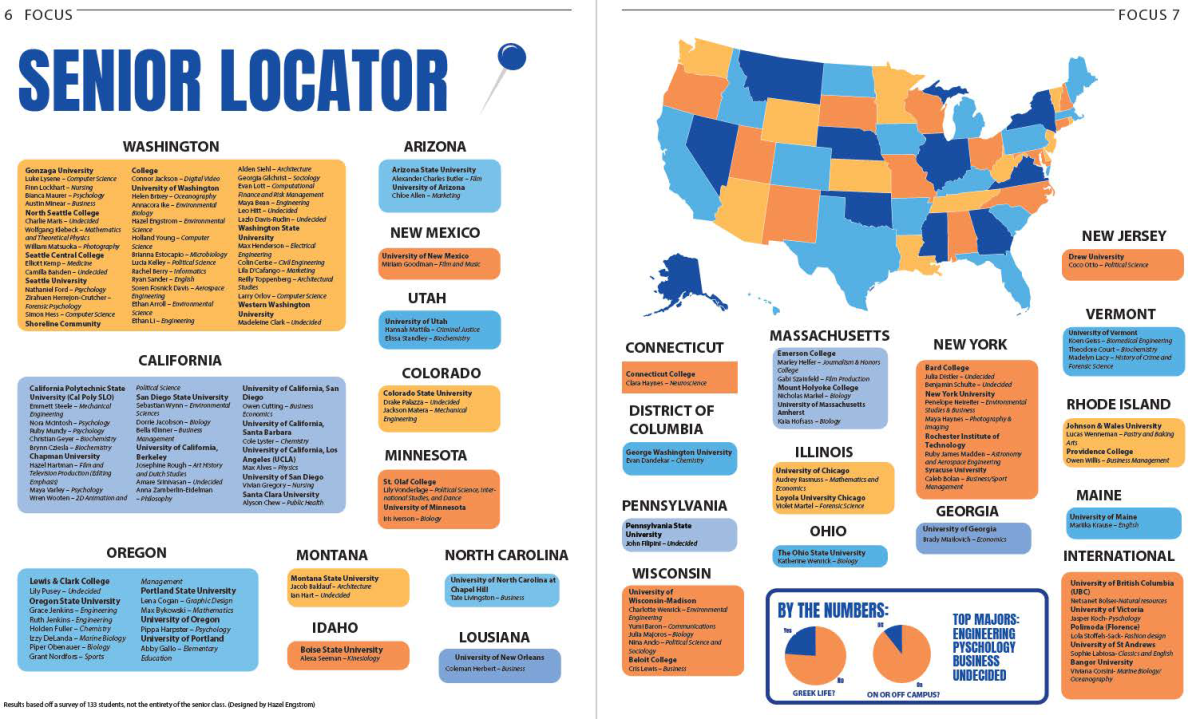Despite an annual budget of nearly $1 billion, there’s a shortfall of $105 million between expected funding and current spending within Seattle Public Schools (SPS). On December 13, 2023, the School Board adopted Board Resolution No. 2023/224-7 to address the school district’s deficit for the current academic year and beyond and to develop a fiscal stabilization plan.
“Biggest cost to any business is salaries – period. So when we received McCleary money back in 2015 that’s where it went. Then Covid hit and districts got a lot of federal cash to help us during the shutdown. That money has stopped, so any programs started during the lockdown now have to be paid without the extra funds. Which appears to make this shortfall worse.” CTE Teacher (Academy of Finance) Eric Blazevic said.
On January 5, 2012, the Supreme Court’s McCleary v. Washington decision determined that the state wasn’t providing enough money for education, which violated the state’s constitution. Consequently, the legislature increased funding for schools to ensure students had access to quality education.
“Like I said the state came up with a giant chunk of money four or five years back and most of that money got sucked up in salaries for teachers and staff. At the time of the last contract was signed the district knew we would be 9 figures in the hole but signed it anyway.” Blazevic said. “So between that and higher costs for everything else the board has basically signed a contract that they can’t afford and now we are $100 million short. The superintendent is going to have to come up with a plan to pay this deficit before the 2024-2025 school year and it will be painful.”
Due to the massive shortfall, SPS Superintendent Brent C. Jones is currently considering making reductions in central office staffing and expenses, school staffing allocations and contingency balances.
“I’m happy that they didn’t suddenly shut down schools because then kids wouldn’t be able to go to school. There’s people working in the downtown office who could be reallocated or maybe we need to relook at what their jobs are if they’re not directly helping to bring more people in or to continue to grow our district,” CTE Marketing/Business and CTE Marketing Department Head Mary Jereczek said. “ I just think looking to cut educators, transportation and anything that will hurt students and the district is unnecessary and we’re already at our limit for them.”
Other measures Jones is considering in order to balance the budget this school year include: changes to transportation, fees, lease or sale of non-school properties, program adjustments and restructuring, delayed repayment of the economic stabilization fund, utilization of one-time self-help funds, and school carryforwards.
“One of the main suggestions of a solution to the current problem is taking money from a different account under the school district and borrowing that money to fulfill the 2024-2025 budget. This would mean that Seattle Public Schools would be in debt to their own account, and owe interest to that account as they struggle to ever pay that amount back,”associate student body president, Addy Wynkoop said, “This strategy is only going to lead to an even larger pile of debt and financial stress for the district, one of which they will never be able to fully recover from. While making any cuts is terrible, if this strategy goes through, the cuts will only be more detrimental to student and staff wellbeing later on.”
In February, the House and Senate of Washington State will propose their budgets. By March 7th, 2024, the legislature aims to finalize the supplemental budget, concluding the session and by May 8th, the director plans to introduce changes for well-resourced schools, possibly including consolidations, grade shifts, and program adjustments, set for the 2025-2026 school year.
“It’s sad and disappointing to hear that teachers might lose their jobs and families might have to struggle to find transportation to school – I hope that’s the last thing they do. I question the legislature’s commitment to well-resourced schools if they’re constantly cutting school districts budgets though,” social studies teacher Shawn Lee said.
In addition, work sessions will be held by the School Board to cover updates on budget development, legislative changes and previews of proposed budgets for the next three years. The superintendent will outline plans for well-resourced schools, and in June, the School Board will review and vote on the final budget recommendation.
“They’re not thinking five years down the road, they’re thinking how we will get through this year and then next year we’ll deal with next year. I know for a fact that in this district, we spent tons of money in the last year of COVID on all kinds of things that may or may not have been necessary,” Blazevic said. “I hope that the superintendent comes up with a solid plan to just get us back to a more financially stable position.”
While educators voice concerns about the district budget plan in the Budget Survey for SPS Staff, students can attend School Board meetings in person or remotely through the SPS website.
“In order to maintain a well-resourced educational environment despite budgetary constraints, the Seattle Public School district must begin to better listen to the input of students. A number cannot define the success of a student in a world as complex as ours,” Wynkoop said, “I strongly urge the district to take a day off from trying to figure this out from behind their desks, and to take a trip to a school. Speak to students, they are the ones receiving the services of the district, so they should be the ones who give the majority of the feedback.”

